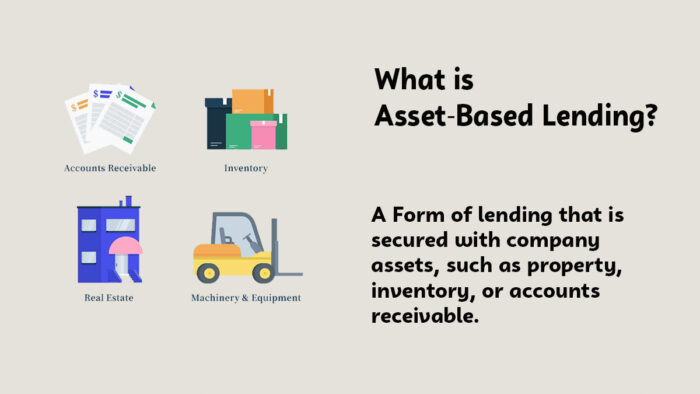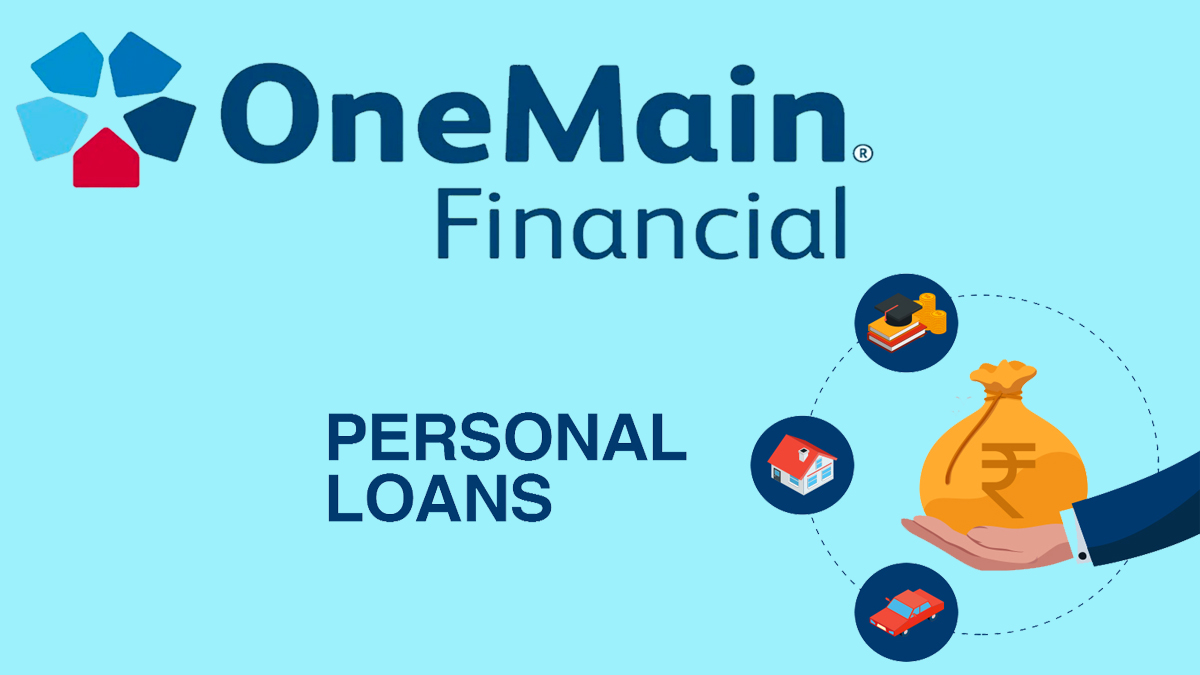Asset-based lending is any type of lending that is secured by an asset. It is a financing method that makes use of a business asset as lender security to secure a loan.

The lender evaluates the business assets, like accounts receivable, property, inventory, or industrial equipment, to know whether the business is qualified for financing.
Also known as asset-based financing, asset-based lending is very easy to qualify for compared to other small business loan options because of the collateral involved. If you default on the loan, the lender can seize and sell the business properties to recover its losses.
In this sense, a home loan or mortgage is a good example of this loan. The loan amount that a lender wants to offer for a qualifying business is greatly influenced by the asset provided as collateral, among other factors.
How Does Asset-Based Lending Work?
Asset-based financing is a loan service offered by both traditional and online lenders. And it is available either as term loans or credit lines. In this setup, the loan a business receives will depend on the type and value of the collateral pledged, among other factors.
Most lenders make use of the loan-to-value ratio (LTV) to determine the amount a business can borrow. The LTV is calculated by dividing the loan amount by the value of the asset used as collateral. For example, if your business makes use of its inventory as collateral, the lender might provide a loan of up to 50% of the inventory’s value.
Just so you know, the easier your asset can be converted to cash (its liquidity) impacts the amount of funding and interest rates. Lenders prefer collateral that can be sold easily, like certificates of deposit or securities. Meanwhile, physical assets are seen as riskier because they are harder to convert to cash.
An Example of Asset-based Lending
Let’s just say your business needs a loan of about $100,000 to grow its operations. You apply for a loan from an asset-based lender and plan to secure the loan with collateral such as bonds, stocks, or shares. The lender agrees to provide a loan equal to 85% of the value of your collateral. If the asset has a value of $120,000, the lender will be able to provide a maximum loan of $102,000.
However, if you want to secure the loan with inventory, the lender might only be able to offer 50% of the value of the collateral. In this case, even if the inventory is worth $120,000, your maximum loan amount will be about $6,000. And that is $40,000 less than the loan you are looking for.
Asset-based lending Pros and Cons
There are a number of advantages and disadvantages to asset-based lending for your business. They include;
Pros
- It is very easy to qualify for because the lender only focuses on your collateral value when evaluating the loan application. If you have good assets to offer, you may be able to access a loan even if you have a rocky credit history or unstable cash flow.
- Compared to unsecured business loan options, you will likely get lower interest rates on an asset-based loan because your collateral determines the risk for the lender.
- These loans can be used for many purposes, such as investing in new opportunities, covering operating expenses, or managing cash flow gaps. Lenders won’t restrict the use of funds. This makes it a good option for a range of small businesses.
Cons
- Your business assets may not be eligible for this type of loan. and this determination will be made by the lender. For example, lenders may reject perishable inventory, specialized goods, or equipment that has a high depreciation rate.
- If you default on the loan, the lender can claim the assets and sell them to repay the debt and recover its losses.
- Although these loans have lower interest rates compared to other financing options, additional loans can increase the loan costs. You might have to pay fees associated with monitoring and evaluating your collateral, like audit fees, origination fees, and due diligence fees.
Am I Eligible for Asset-Based Lending?
Asset-based financing is made for established businesses with valuable assets such as inventory, equipment, or property and a solid trading history. If a business makes use of its inventory as collateral, it must show its market value. This means the lower of the cost price or the projected sales price minus any costs for sale and completion.
Certain loan terms depend on the value and type of assets pledged. Various factors, like credit history, cash flow, and how long the business has been operating, impact the interest rates. Keep in mind that regulatory authorities oversee asset-based lending. And an independent third party will audit your business’s financial or physical assets.
When considering asset finance, you need to keep the following points in mind:
- If you have assets on your balance sheet,
- If you have accurate and detailed financial statements covering your trading records.
- Do you have common-sold inventory?
- How much do you want to borrow?
There are various asset-based lenders in the country as well as high-street banks that offer these loan products. You can make use of various online finance finder tools to find the best asset-based lender for you.



